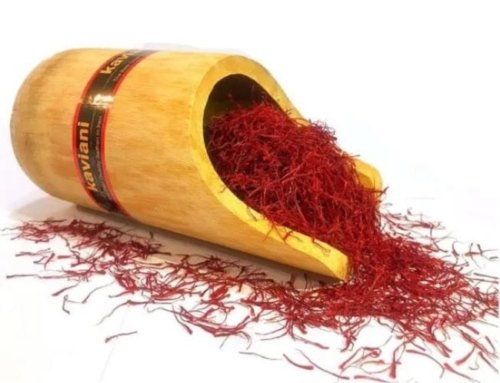Komijan saffron is ranked third in the markazi province of Iran
Gholamreza Meyva, the governor of Komijan, despite the production of various medicinal plants in the city, but the Komijan brand is not well known in this field.
He pointed out that two types of medicinal plants are produced in Komijan city, adding: One part of medicinal plants such as Khakshir Khodro, which fortunately this year, especially in Milajerd region, we saw a lot of growth of this plant, to the extent that it was harvested with a combine.
The fruit added: In addition to sage, which grows in the plains, other medicinal plants such as thyme grow in mountainous areas that are collected by the people, but another type of medicinal plants such as saffron is grown by the people and in farms, which happens to have a positive effect on We are witnessing this arena.
Emphasizing that according to the type of soil and temperature of the region, the saffron produced has a high quality and quality, he added: on average, saffron is sold for 7,000 Tomans per gram in the country, but the quality of Komijan saffron is such that 11,000 Tomans per gram is sold. arrives.
The governor of Komijan added: In addition to saffron, there are mint fields, lemongrass and other medicinal plants in the city that have a good market, but unfortunately the main problems of the city are in the sale of agricultural products such as mushrooms and greenhouse products. We have no choice.
He added: Due to the quality of products produced by the packaging industry, there is no need to supply products to the market, and as a result, we are witnessing the loss of the product market.
Referring to the quality of Komijan saffron, Fruit said: Unfortunately, due to the lack of proper packaging industries, Komijan saffron has not been branded, and considering that the supply of the product in unpackaged form has no economic justification, this opportunity is completely lost.



![Exporting Saffron to Turkey + Price Guide [Complete 0 to 100]](https://www.rowhanisaffron.com/wp-content/uploads/f1-372-500x383.jpg)




Get Social